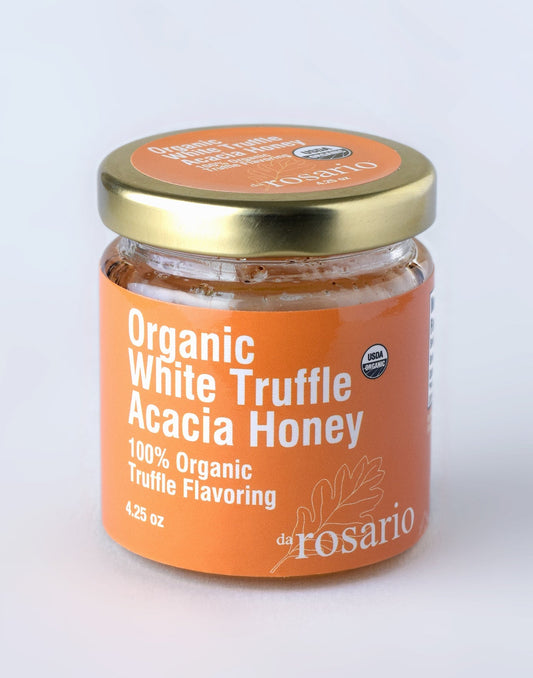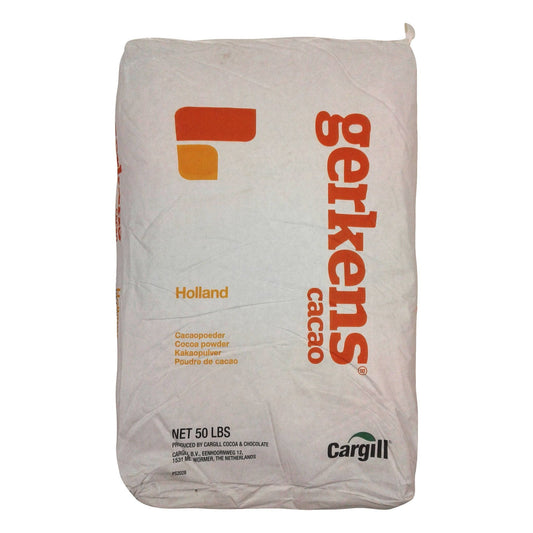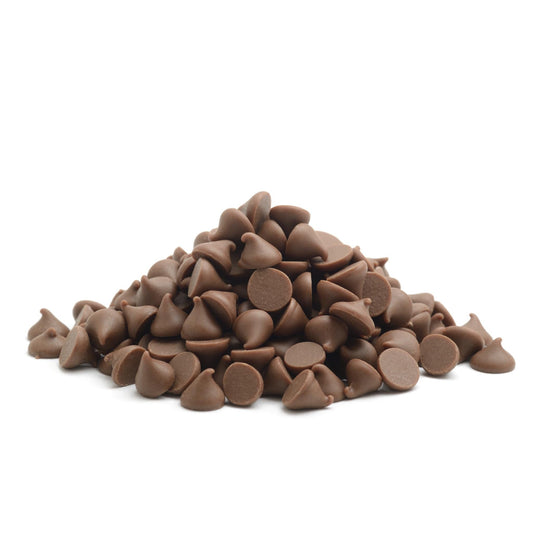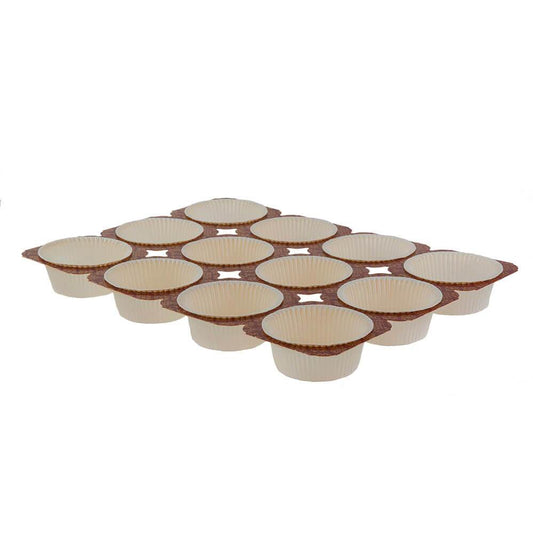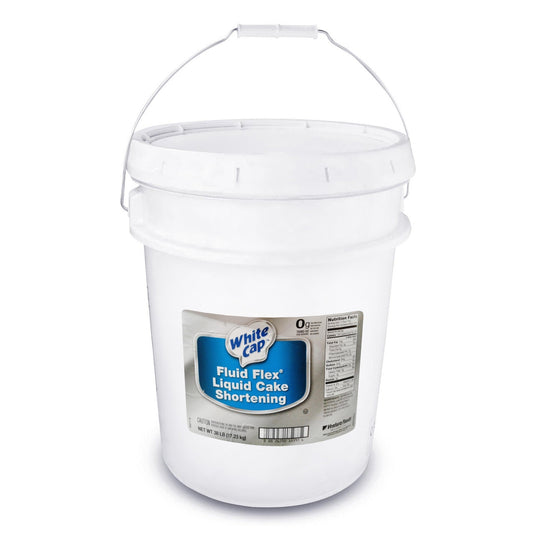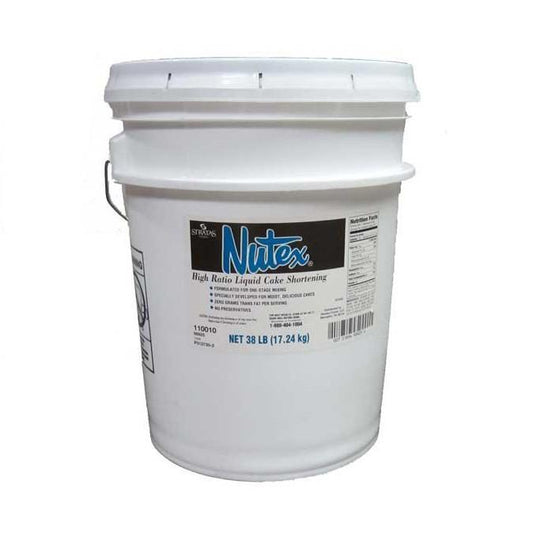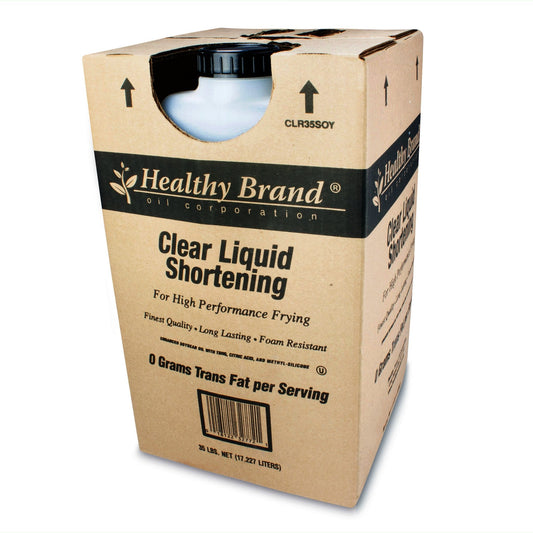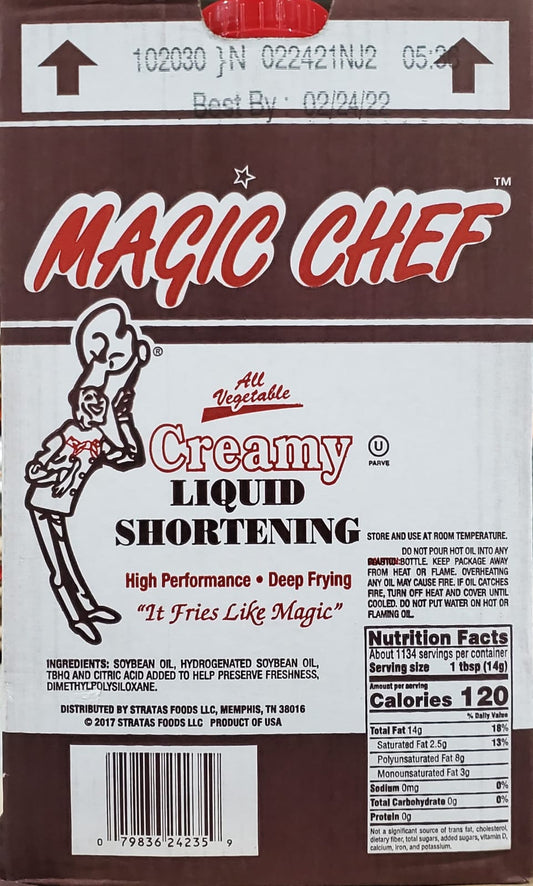-
Vendor:White Cap
Fluid Flex
Regular price $157.01 / 38LBRegular priceUnit price per/ 38LBSale price $157.01 / 38LB -
Vendor:Stratas
Nutex High Ratio Liquid Cake Shortening
Regular price $112.76 / 38 lbRegular priceUnit price per/ 38 lbSale price $112.76 / 38 lbSold out -
Vendor:Healthy Brand
Clear Liquid Shortening Oil
Regular price $55.19Regular priceUnit price per -
Vendor:Admiration
Creamy Liquid Shortening Oil 35lbs
Regular price $62.75Regular priceUnit price per
Frequently Asked Questions
-
What are liquid shortenings?
- Liquid shortenings are oils or fats that are liquid at room temperature and are used in baking to give products a soft texture, moist crumb, and extended shelf life. They are specifically formulated for commercial baking applications to enhance the consistency, volume, and overall quality of baked goods.
-
How do liquid shortenings differ from solid shortenings?
- While both types serve similar purposes in baking, liquid shortenings are typically oils (like soybean, sunflower, or canola) and remain fluid at room temperature. Solid shortenings are fats that are solid at room temperature, such as butter, lard, or hydrogenated vegetable oil. The form of shortening you choose can affect the texture, shelf life, and flavor profile of the end product.
-
In which types of baked goods are liquid shortenings most commonly used?
- Liquid shortenings are versatile and can be used in a variety of baked goods including bread, cakes, muffins, cookies, and pastries. They are especially popular in products that benefit from a moist and tender crumb, like layer cakes and soft dinner rolls.
-
Can I replace solid shortening with liquid shortening in my recipes?
- Yes, it's possible to substitute liquid shortening for solid, but it might require some recipe adjustments. The overall texture, mouthfeel, and sometimes flavor can change depending on the type and ratio of the shortening used. It's recommended to test in small batches before making larger quantities.
-
Are there any health benefits to using liquid shortenings over solid ones?
- Liquid shortenings, being primarily oils, often contain unsaturated fats which are considered heart-healthy compared to saturated fats found in many solid shortenings. However, it's important to check the nutritional profile of each product, as health benefits can vary based on the source and processing of the oil.
-
How should I store liquid shortening?
- Liquid shortening should be stored in a cool, dry place away from direct sunlight. While it has a longer shelf life than many solid fats, it can still go rancid if exposed to heat or light for extended periods. Always check the expiration date and give it a sniff before use.
-
How do liquid shortenings impact the shelf life of baked goods?
- Liquid shortenings can often extend the shelf life of baked goods by retaining moisture. The specific impact can vary based on the formulation of the shortening and the other ingredients in the recipe.
-
Are there allergens I should be aware of in liquid shortenings?
- The allergenic potential of liquid shortenings depends on their source. For example, soybean oil is derived from soy, which is a known allergen. Always check the label for allergen information and ensure that you're using products compliant with your target audience's needs.

